Nance Fruit Benefits: 5 Ways It Boosts Your Health
This bite-sized yet incredibly flavored fruit packs a punch when it comes to health benefits.
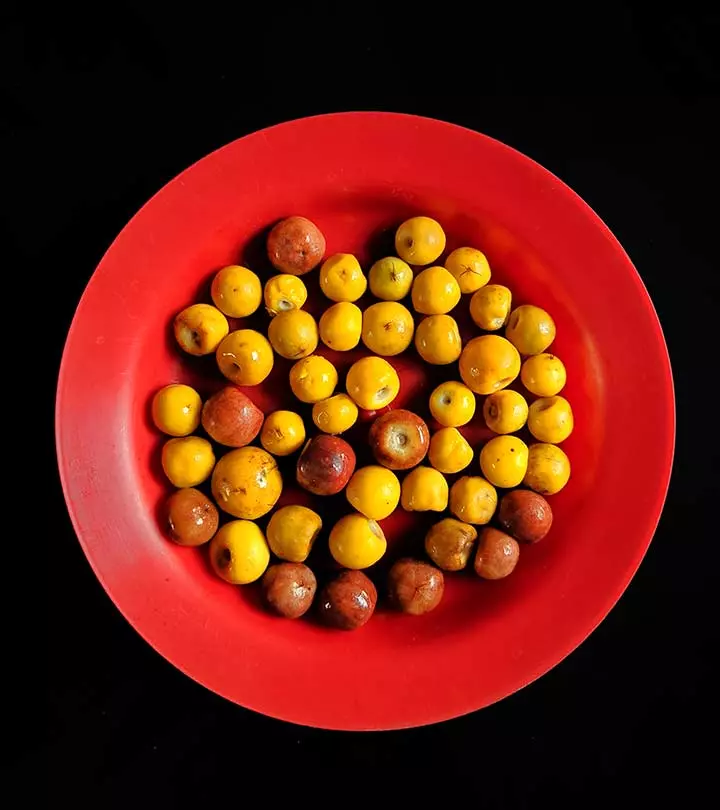
Image: Shutterstock
Nance fruit is slowly gaining popularity for its unique odor and taste. This bright yellow, cherry-like, tropical fruit is the latest addition to many modern delicacies. The benefits of nance fruit can be attributed to its nutrients. Even though it is popularized as an ingredient in modern cuisine, it has been a part of many traditional medicines, dishes, and beverages. Read on to know more about nance fruit, its nutrition profile, benefits, simple ways to include this fruit in your diet and, and possible side effects.
 Know Your Ingredient: Nance Fruit
Know Your Ingredient: Nance FruitWhat Is It?
A small, round, and pitted fruit with a unique taste and strong odor.
What Are Its Benefits?
It may promote gut health, reduce the risk of cancer and heart diseases, help counter lead toxicity, and promote skin health.
Who Can Consume It?
The nance fruit is safe to be consumed by all.
How Often?
One cup of nance fruit can be consumed daily.
Caution
If you are allergic to acerola cherries, avoid consuming the nance fruit.
In This Article
What Is The Nance Fruit?
Nance is a cherry-sized yellow or red berry that grows wild in the Central and Latin Americas and the Caribbean. It is also referred to as nanche, hogberry, or yaca. It is sweet and pungent and has a big pit containing one to three seeds nestled within its whitish, creamy, and oily pulp. The fruit can sometimes taste acidic or bitter as well. What sets the nance fruit apart though is its distinctive smell. Some describe it as soapy, while others can’t quite describe it.
Since nance is a unique fruit, not everyone likes its smell and taste. Cee, a blogger, tried it for the first time and did not like its taste. She said “I thought they smelled soapy and like something else familiar but not quite pleasant. I figured it out a bit later. They smelled like fruitcake! But not sweet yummy fruitcake but like old crappy fruitcake with too much allspice and cloves (i).”
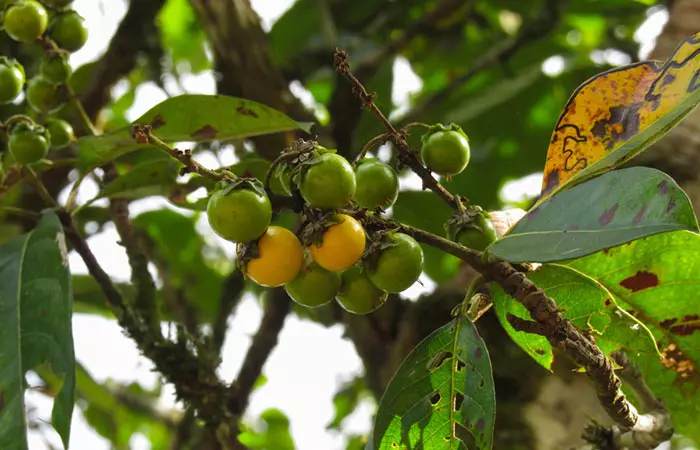
Nances grow on the nance tree (Byrsonima crassifolia), a flowering shrub that thrives in backyards, open forests, and savannas. Nances are used in jams, popsicles, preserves, desserts, beverages, and even savory dishes. You can even eat it straight off the tree. Traditionally, Central Americans used the fruit to make alcoholic beverages like Crema de Nance and chicha. They also used it as an antidote for snakebites in Belize. The nance is generally yellow, but you can find a red variety (commonly called guajacote) in Mexico and Costa Rica.

 Fun Fact
Fun FactNow that you know what a nance fruit is, let’s take a detailed look at the nutrients it contains.
Key Takeaways
- Nance is a cherry-sized yellow or red berry native to Central and Latin America that has a distinctive scent.
- It is an excellent source of vitamin C, dietary fiber, carotenoids, and minerals that promote gut, heart, and skin health.
- Nances are versatile in culinary preparation as they can be used in a variety of sweet and savory dishes.
Avoid eating nance if you are allergic to acerola cherries.
Nutritional Profile Of The Nance Fruit
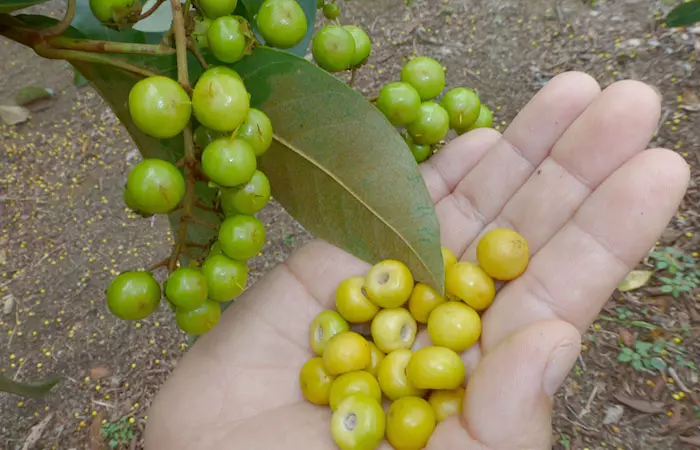
You can cook with nances or eat them raw. Either way, the fruit has a lot to offer in terms of the macro- and micronutrients (1).
| Nutritional Content Of Nance Fruit (112 g or 1 cup, without pits) | |||
|---|---|---|---|
| Energy | 81.8 kcal | Iron, Fe | 0.426 mg |
| Carbohydrate | 19 g | Magnesium, Mg | 22.4 mg |
| Dietary Fiber | 8.4 g | Phosphorus, P | 11.2 mg |
| Protein | 0.73g | Potassium, K | 273 mg |
| Fat | 1.3g | Vitamin C | 104 mg |
| Sugar | 9.31g | Sodium, Na | 3.36 mg |
| Calcium, Ca | 51.5 mg | Zinc, Zn | 0.101 mg |
| Carotene, beta | 44.8 µg | Copper, Cu | 0.046 mg |
| Carotene, alpha | 3.36 µg | Manganese, Mn | 0.278 mg |
| Cryptoxanthin, beta | 5.6 µg | Selenium, Se | 0.448 µg |
| Vitamin E | 1.4 mg | Folate | 8.96 µg |
| Lutein + zeaxanthin | 637 µg | Thiamin | 0.017 mg |
| Vitamin K | 13.3 µg | Niacin | 0.325 mg |
| Tocopherol, beta | 0.056 mg | Riboflavin | 0.02 mg |
| Tocopherol, gamma | 2.11 mg | Pantothenic acid | 0.202 mg |
| Tocopherol, delta | 0.325 mg | Vitamin B-6 | 0.024 mg |
| Tocotrienol, alpha | 0.034 mg | Vitamin A, IU | 82.9 IU |
| Tocotrienol, gamma | 0.056 mg | Vitamin A, RAE | 4.48 µg |
The nance fruit is loaded with vitamin C and dietary fiber. It is also replete with carotenoids and minerals. Its rich nutrient profile makes the nance fruit quite beneficial for human health. We discuss its health benefits in the following section.
5 Potential Health Benefits Of The Nance Fruit
1. May Promote Gut Health
The dietary fiber in nance may help improve symptoms associated with irritable bowel syndrome, Crohn’s Diseasei A chronic inflammatory bowel disease that causes irritation in the digestive tract, leading to abdominal pain, diarrhea, and fatigue. , ulcerative colitisi A long-term inflammatory bowel disease that can cause inflammation and ulcers in the digestive tract. , and chronic constipation. Half a cup of the nance fruit can offer 4 grams of dietary fiber. That is 16% of the daily value for a 2000-calorie diet as prescribed under the Dietary Guidelines for Americans (2). Dietary fiber can do wonders for digestion and the overall intestinal environment as the friendly gut bacteria feed and thrive on it. Dietary fiber, especially from whole fruits, can also lower the risk of various diseases associated with the gastrointestinal tract (3).
2. May Help Maintain Skin Health

Have a cup of nance fruit and you are on top of your required vitamin C intake for the day. Vitamin C is linked with increased collagen production and helps reduce photo UV damage. It may help keep your skin youthful and resilient against environmental damage. The antioxidant-rich profile of nance fruit helps fight against free radicals and reduces the chances of premature skin aging (4).
Nances also contain vitamin E that is quite popular in the cosmetic industry. Vitamin E stabilizes the skin barrier and protects it from photodamage. Although further studies are required, vitamin E may help reduce the risk of skin cancer and UV damage (5). This vitamin also reduces inflammation and may help in the treatment of eczemai A long-term inflammatory condition that causes itchy, red, bumpy, cracked skin and rashes along with soreness. or acne (6).
The combination of vitamin C and vitamin E is effective in reducing skin damage and regenerating healthy skin (7). While the effects of vitamins C and E have been well studied, further research on the nance fruit and its skin benefits is warranted.
3. May Reduce Risk Of Heart Disease
The dietary fiber in nances may help regulate blood pressure, blood cholesterol, and triglyceride levels (8).
Studies suggest that soluble fiber can reduce levels of low-density lipoprotein (LDL) by obstructing its absorption. LDL cholesterol is often responsible for high blood pressure and may also increase the risk of stroke (9). Another study has found that eating at least 25 grams of fruit with white flesh may reduce the risk of heart attack (or stroke) by 9 percent (10).
4. May Help Counter Lead Toxicity
Vitamin C in nances may help reduce the effects of lead accumulation in the body. Lead poisoning increases oxidative stress and disrupts bodily functions. In a study, exposed battery workers (with high blood lead levels) on vitamin C supplementation had reduced levels of oxidative stress and increased antioxidant status. While vitamin C may not lower blood lead levels, it may help reduce the associated oxidative stress (11).
5. May Reduce Cancer Risk

Vitamin C in nances may reduce the risk of lung, mouth, stomach, rectum, throat, and esophageal cancers (12). In a study, terminal cancer patients given supplemental vitamin C had improved quality of life and longer survival periods (13).
The dietary fiber in nance fruit may also reduce the risk of colon cancer. Dietary fiber may also decrease the risk of gastrointestinal cancers and cancers of the breast, ovary, and endometrium (14).
Nance fruit has not been studied individually as a potential anti-cancer food. But there is substantial evidence to suggest that the selenium and carotenoidsi A class of naturally-occurring pigments found in many fruits and vegetables with anti-inflammatory and antioxidant properties. in the fruit play a protective role in cancer prevention. Nances are rich in lutein and alpha- and beta-carotenes as well that may have anti-cancer potential (15), (1).
This graph shows the analgesic activity of Byrsonima crassifolia. The hot plate test revealed that both the hydroalcoholic and dichloromethane extracts of B. crassifolia produced dose-dependent analgesia. The analgesic effect produced by the extracts under study was compared with that of acetylsalicylic acid (standard), and both hydroalcoholic extract and the dichloromethane presented a slight analgesic activity 30 minutes after administration.

Analgesic Activity Of The Extracts Of Byrsonima crassifolia
Source: Neuropharmacological Effects in Animal Models and HPLC-Phytochemical Profiling of Byrsonima crassifolia (L.) Kunth Bark ExtractsSo how do you get all these benefits from nance?
How To Add The Nance Fruit To Your Diet
If you live in Central or Latin America or the Caribbean, chances are you will easily find fresh nance fruit in local markets. Here is how you can select them:
- You can identify nances by their smooth and thin golden yellow, orange, or red peel and a distinctly strong odor.
- Gently squeeze the fruit to check its ripeness. It should yield slightly to pressure if ripe.
If you cannot find fresh nance fruit, you may always look at international or frozen food sections of your nearest supermarket. You may eat them raw (discard the pit with seeds) or cook them to prepare delicious meals. Nances also do well in smoothies and fruit salads.
In Mexico, locals enjoy nances with a sprinkle of chili powder and a squeeze of lime. If you know how to make marmalade, you can prepare a batch with nances. Nances also work great as a vinegar pickle or jam. They are quite versatile as they are used in desserts and savory dishes. If you are looking to satisfy your sweet tooth, you can add sliced nances to a one-pot meal of chicken, olives, and rice.
Here is how you can peel and prep nance fruit for these uses:
- Wash the fruit under running water to remove any dirt or pesticides.
- Use a vegetable peeler or a small knife to remove its peel and slice the fruit.
- Alternatively, cut it in half and scoop the flesh with a spoon.
- Lastly, remove its seeds.
Let’s check out one popular recipe using nances that you can prepare at home.
Popular Recipe Using Nances
There are many different ways to enjoy nances. Pesada de nance, a recipe from Panama, is quite popular among kids and adults. It is also easy to prepare.
Pesada De Nance
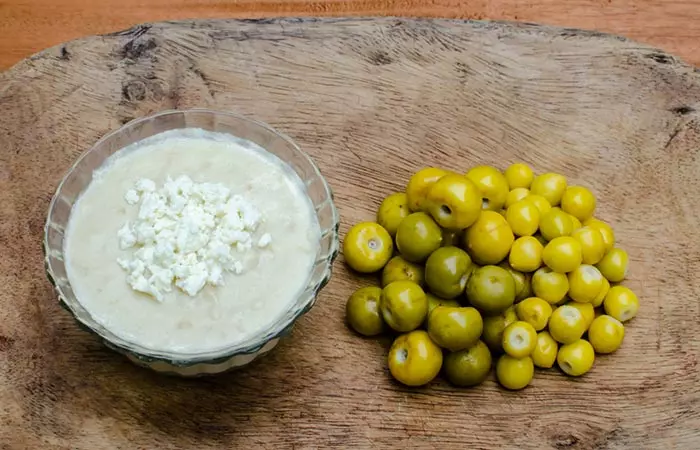
This is a traditional recipe that uses the pulp from tart nance fruits, water, cornstarch, and sugar. It is a smooth cream that can be served hot or cold with crumbly and salty fresh cheese on top.
Preparation Time
15 minutes
Cooking Time
12 minutes
Ingredients
- 8 cups of nance
- 3 liters of water
- ¾ cup of water
- 1 cup of cornstarch
- Optional: 1 lime/a handful of pineapple chunks
Process
- Add the nance to a blender and pour water till it covers the top of the fruit.
- Blend for 5 to 10 seconds. Do it quickly so you do not break or blend the seeds.
- Sieve the puree through a colander, pressing gently with your hands to get all the creamy pulp and leave the seeds behind. Add a little water if required to get all of the juice out.
- Taste the pulpy juice you have collected. If it tastes bland, squeeze in some lime or add some sieved pineapple puree.
- Pour the juice into a pot and set it over medium-high heat.
- Add sugar and cornstarch and the remaining water (if any).
- Keep stirring for 7 to 12 minutes or until it thickens up to a consistency that you like.
- Serve it hot with feta, cottage cheese, or queso Blanco. If you want it cool, chill it in the fridge.
 Trivia
TriviaNow you know a delicious way to have the nance fruit. However, before you indulge in this cherry-like fruit, you must consider certain safety precautions.
Safety Precautions To Be Considered While Eating Nances
Nances have not been studied widely or extensively. Hence, not much is known about how these fruits may interact with medications or specific health conditions. You can consult your doctor if you are worried about including nances in your diet. In case you are allergic to acerola cherries, you may want to steer clear of nances (as the two belong to the same Malpighia plant family).
Infographic: 5 Fantastic Health Benefits Of The Nance Fruit
Nance fruit is a sweet tropical fruit that looks like a yellow or orange cherry. It can be eaten straight from the tree and is often added to several delicacies for its rich flavor. In addition to the taste, nance fruit has a lot of health benefits that make it ideal for healthy snacking. Check out the infographic below to find out how it can help you get healthier.
Some thing wrong with infographic shortcode. please verify shortcode syntaxThe benefits of nance fruit are numerous. It can promote gut health, reduce the risk of cardiovascular diseases, and help in countering lead toxicity. It also promotes skin health and reduces the risk of cancer. Thus, the fruit’s impact on the overall immune system is significant. Nance fruit can be eaten raw or included in fruit salads or smoothies. Although the consumption of nance fruit is generally safe, this fruit may trigger allergic reactions in individuals allergic to acerola cherries as they both belong to the same plant family. Hence, caution is advised. Try the recipe mentioned above with nance fruit to include it in your diet.
Frequently Asked Questions
What happens if you swallow a nance seed?
Swallowing one or two nance seeds may not cause any harm. However, excess intake may cause intestinal obstruction or blockage. If you experience any discomfort, fever, or pain, seek medical help immediately.
Can dogs eat nance fruit?
Yes, dogs can eat nance fruit. However, the seeds may choke and cause intestinal obstruction in a few. Take proper precautions if you plan to feed the nance fruit to your pet dog.
Can nance fruit support immune system function?
Nance fruit is an excellent source of vitamin C, which may help boost the proper functioning of the immune system (1), (16).
Does nance fruit have any anti-inflammatory properties?
Yes. An animal study observed that the extracts of nance fruit seeds exhibit anti-inflammatory properties (17).
Can nance fruit aid in digestion?
Yes, it is rich in digestive fiber, which improves the health of your digestive system and promotes regular bowel movements (1), (18).
Illustration: Nance Fruit: A Strange Fruit With Strong Potential

Image: Stable Diffusion/StyleCraze Design Team
Watch this informative video to uncover the incredible nutrition, benefits, and precautions of nance fruit. Discover how this tropical gem can enhance your health and lifestyle.
Personal Experience: Source
StyleCraze's articles are interwoven with authentic personal narratives that provide depth and resonance to our content. Below are the sources of the personal accounts referenced in this article.
i. A new fruit — nance
https://chasingmarbles.blogspot.com/2018/05/a-new-fruit-nance.html
References
Articles on StyleCraze are backed by verified information from peer-reviewed and academic research papers, reputed organizations, research institutions, and medical associations to ensure accuracy and relevance. Read our editorial policy to learn more.
- Nance Frozen Unsweetened
https://fdc.nal.usda.gov/fdc-app.html#/food-details/167789/nutrients - Position of the American Dietetic Association: Health Implications of Dietary Fiber
https://pubmed.ncbi.nlm.nih.gov/18953766/ - Whole Fruits and Fruit Fiber Emerging Health Effects
https://www.ncbi.nlm.nih.gov/pmc/articles/PMC6315720/ - The Roles of Vitamin C in Skin Health
https://www.mdpi.com/2072-6643/9/8/866 - Vitamin E: Critical Review of Its Current Use in Cosmetic and Clinical Dermatology
https://onlinelibrary.wiley.com/doi/abs/10.1111/j.1524-4725.2005.31724 - Vitamin E in Dermatology
https://www.ncbi.nlm.nih.gov/pmc/articles/PMC4976416/ - UV photoprotection by combination topical antioxidants vitamin C and vitamin E
https://pubmed.ncbi.nlm.nih.gov/12789176/ - A Prospective Study of Different Types of Dietary Fiber and Risk of Cardiovascular Disease: Tehran Lipid and Glucose Study
https://www.ncbi.nlm.nih.gov/labs/pmc/articles/PMC5133074/ - Dietary Fiber Is Beneficial for the Prevention of Cardiovascular Disease: An Umbrella Review of Meta-analyses
https://www.ncbi.nlm.nih.gov/labs/pmc/articles/PMC5731843/ - Colors of Fruit and Vegetables and 10-Year Incidence of Stroke
https://pubmed.ncbi.nlm.nih.gov/21921279/ - Effect of Vitamin C Supplementation on Blood Lead Level, Oxidative Stress and Antioxidant Status of Battery Manufacturing Workers of Western Maharashtra, India
https://www.ncbi.nlm.nih.gov/labs/pmc/articles/PMC4866087/#b21 - Vitamin C in Disease Prevention and Cure: An Overview
https://www.ncbi.nlm.nih.gov/pmc/articles/PMC3783921/ - Prolongation of Survival Times of Terminal Cancer Patients by Administration of Large Doses of Ascorbate
https://pubmed.ncbi.nlm.nih.gov/6811475 - Dietary Fiber and Cancer Prevention
https://www.sciencedirect.com/science/article/abs/pii/S0889858818304520 - Nutrition and Cancer: A Review of the Evidence for An Anti-Cancer Diet
https://www.ncbi.nlm.nih.gov/labs/pmc/articles/PMC526387/ - Vitamin C and Immune Function
https://www.ncbi.nlm.nih.gov/pmc/articles/PMC5707683/ - Anti-inflammatory Activity of the Hexane Extract of Byrsonima crassifolia Seeds in Experimental Animal Models
https://www.researchgate.net/publication/235363783_Anti-inflammatory_Activity_of_the_Hexane_Extract_of_Byrsonima_crassifolia_Seeds_in_Experimental_Animal_Models - Effects of Dietary Fiber and Its Components on Metabolic Health
https://www.ncbi.nlm.nih.gov/pmc/articles/PMC3257631/
Read full bio of Tracy Tredoux
Read full bio of Varsha Patnaik
Read full bio of Ravi Teja Tadimalla
Read full bio of Payal Karnik








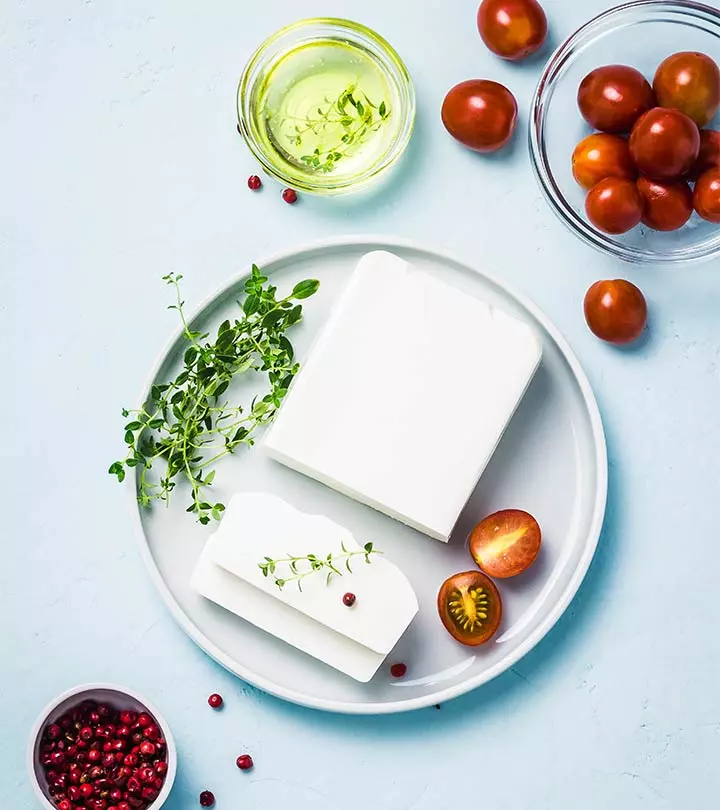
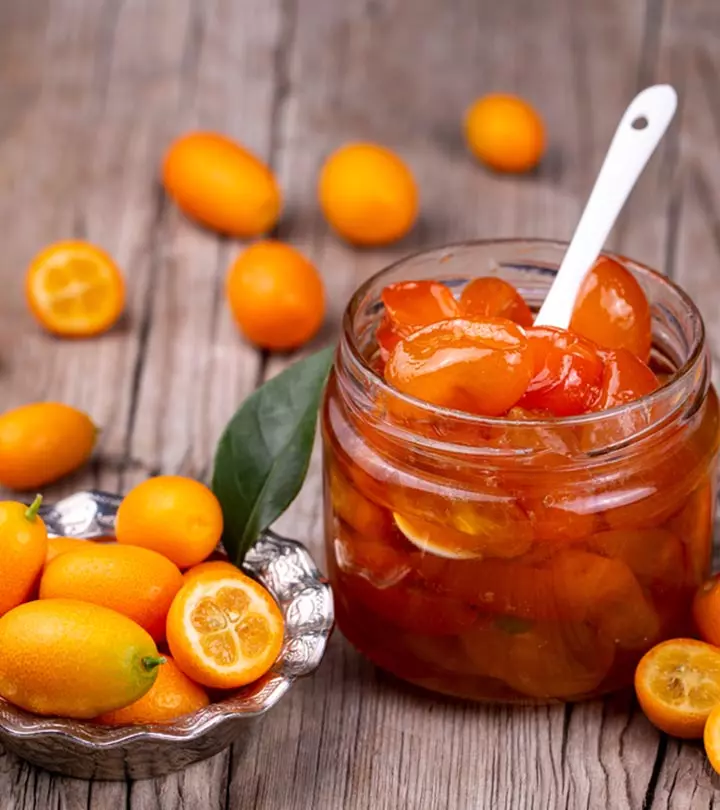

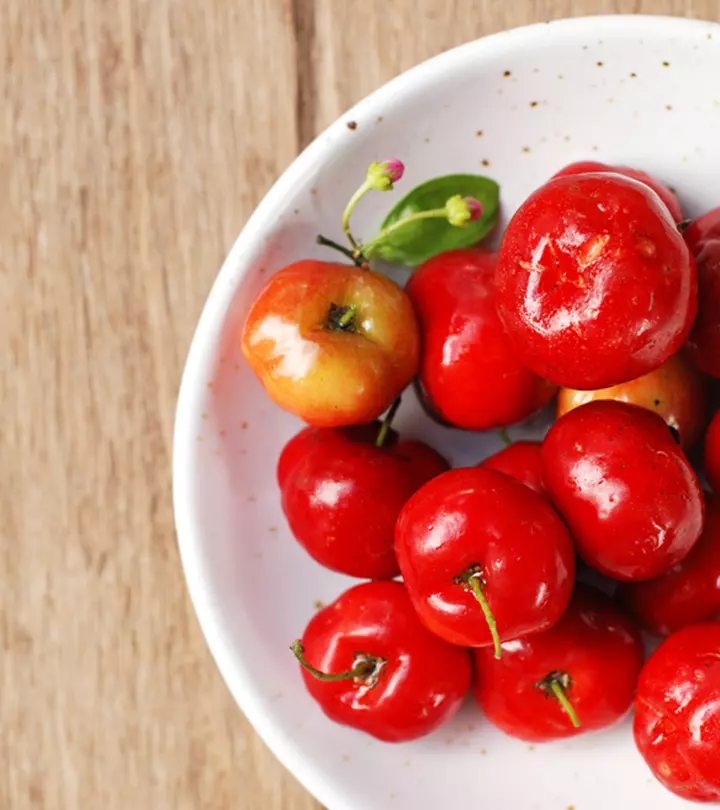
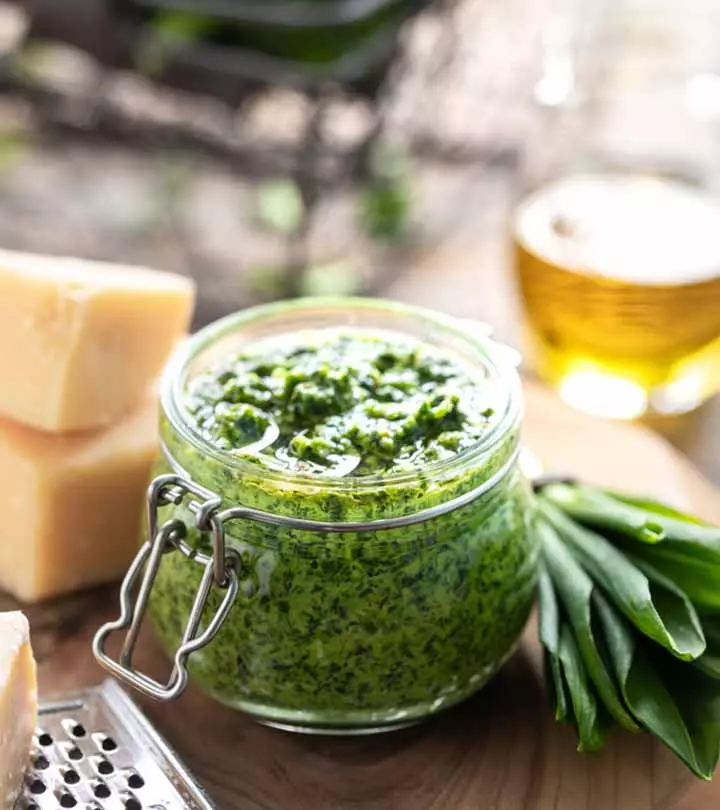
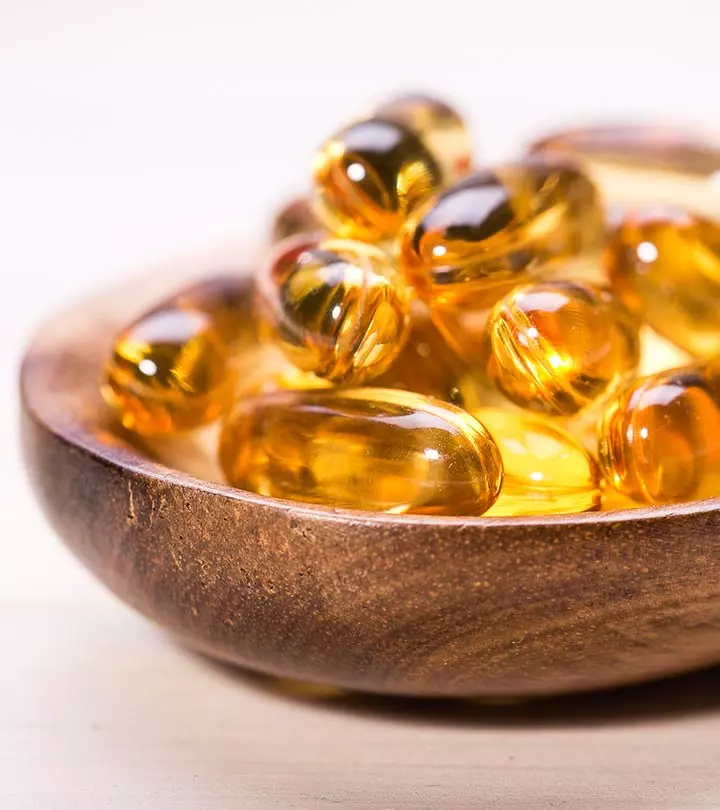
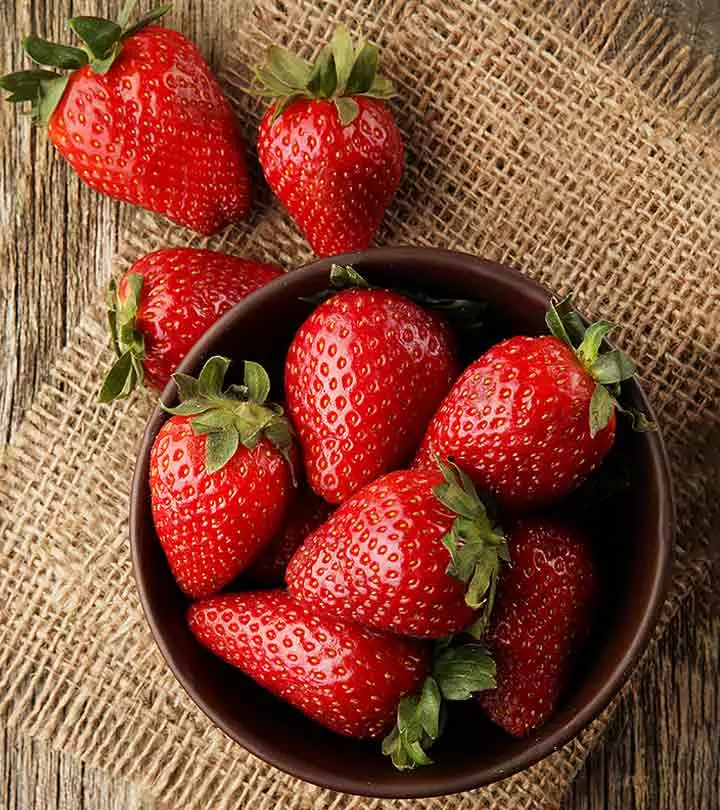
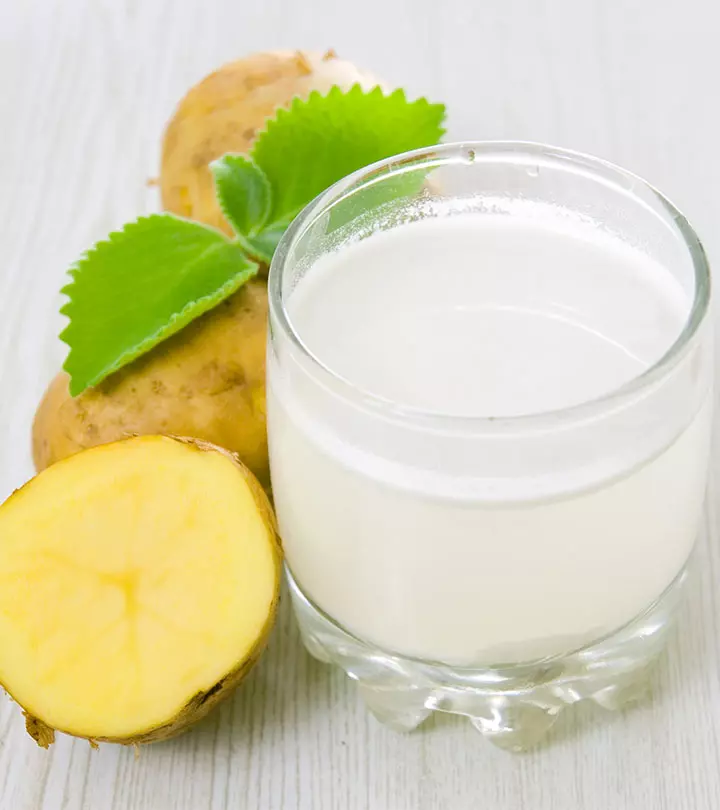
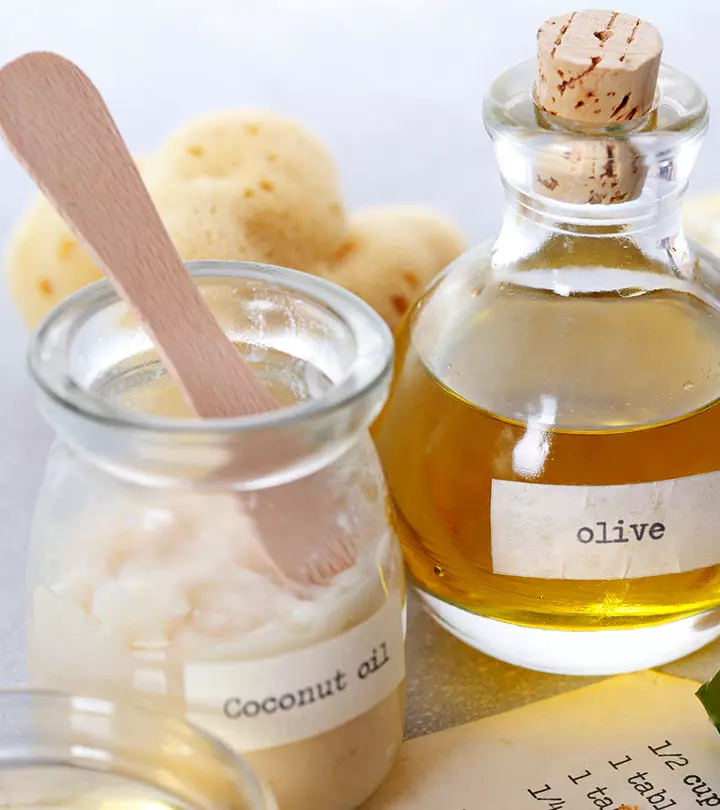
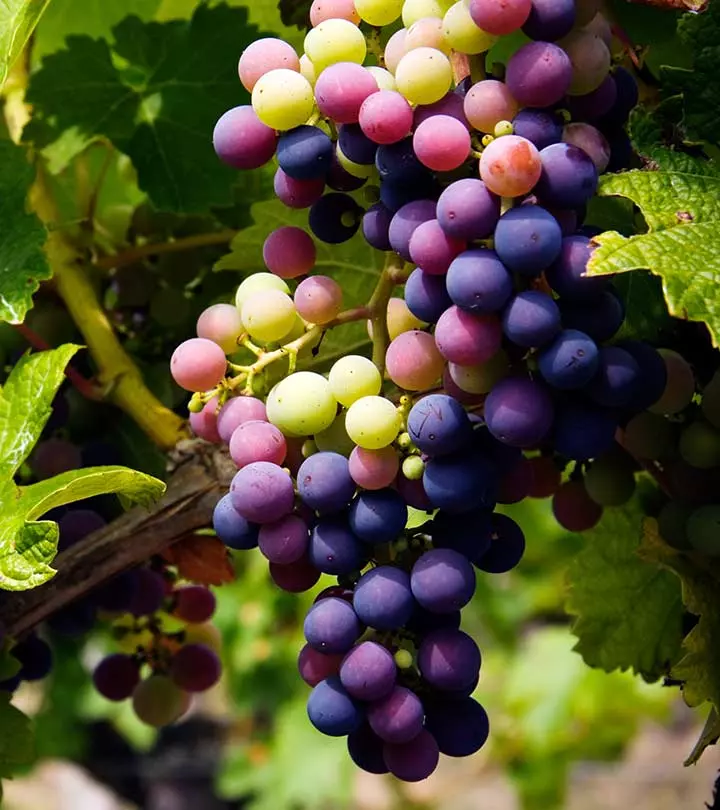
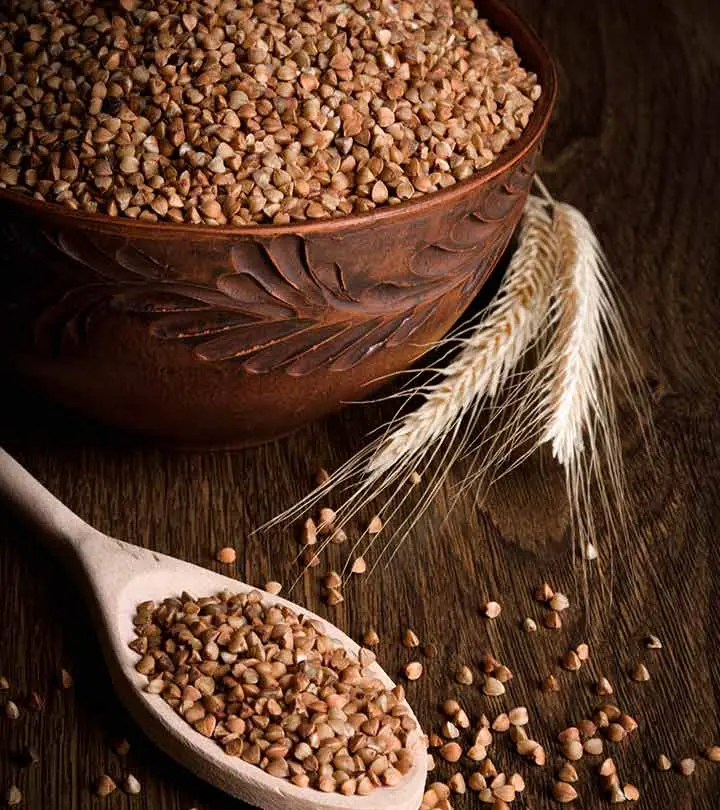
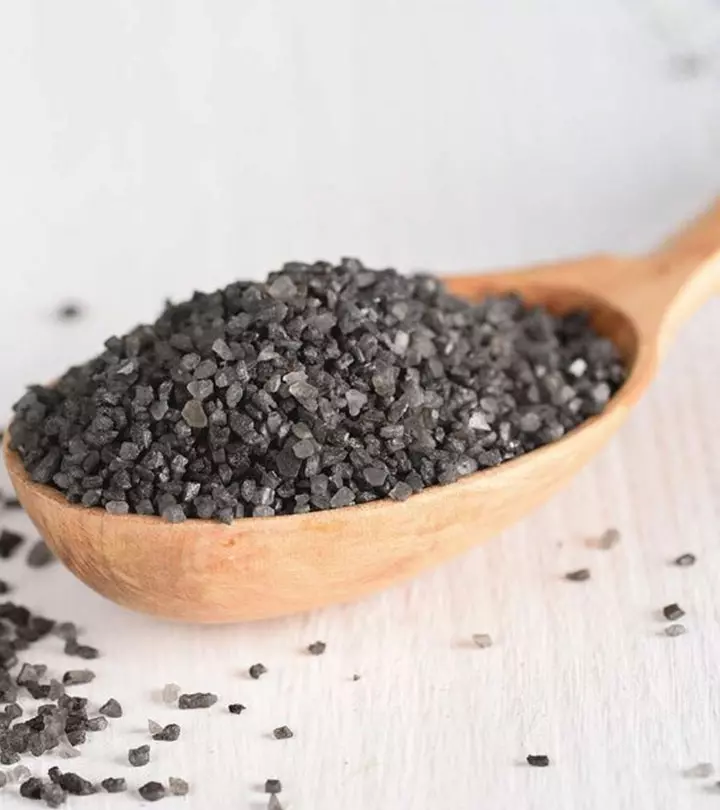
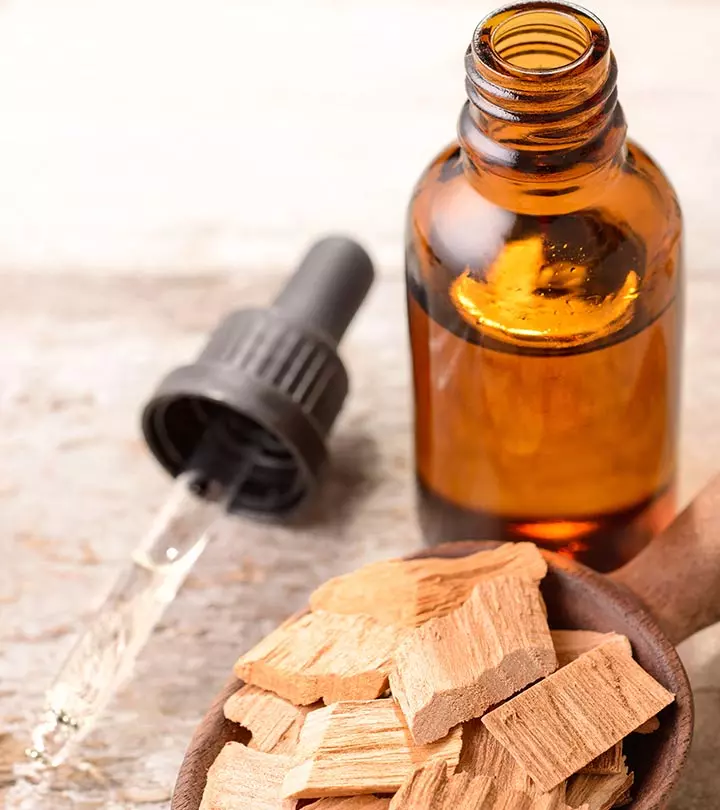
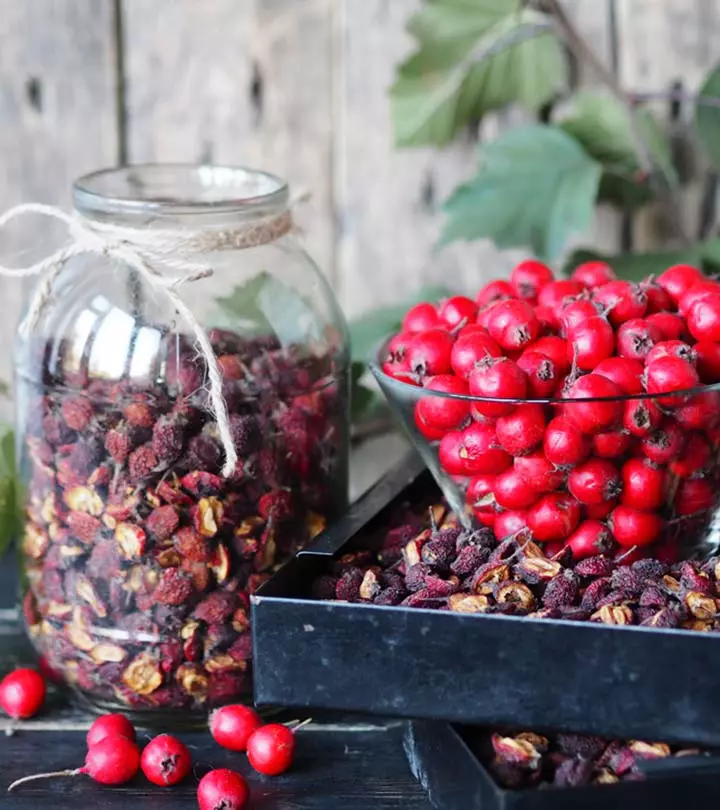

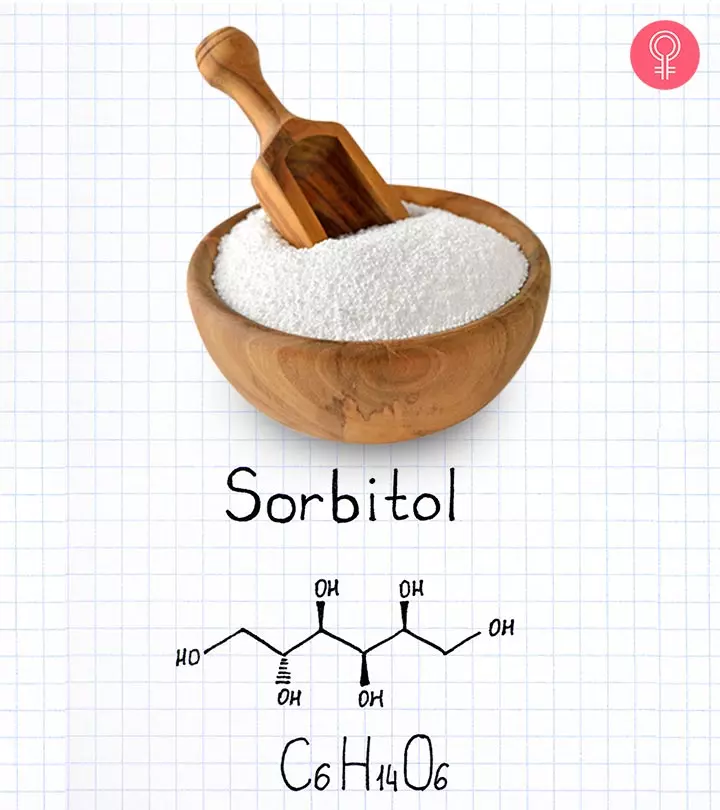
Community Experiences
Join the conversation and become a part of our empowering community! Share your stories, experiences, and insights to connect with other beauty, lifestyle, and health enthusiasts.